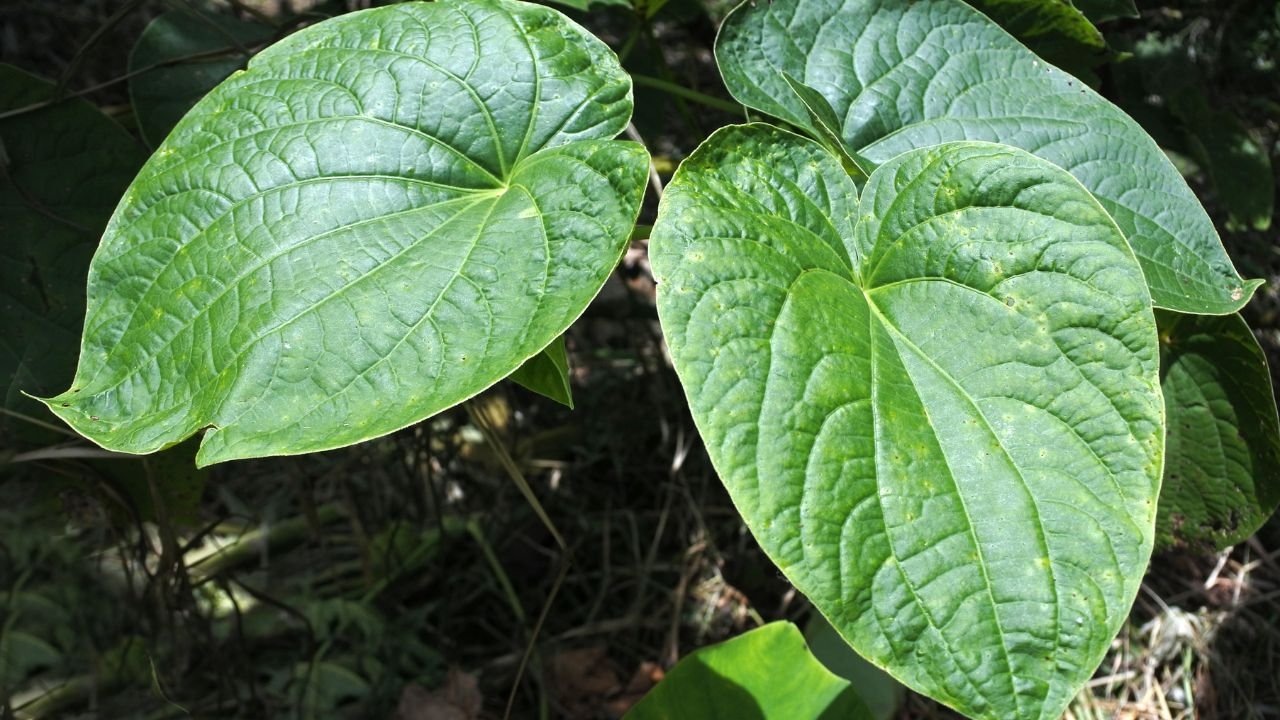Growing Kava Kava (Piper methysticum) in your garden can be beneficial. It is good for those, who are aware and interested in its traditional uses and cultural significance. In this article, we will learn in detail about growing it:

1. Climate and Location
- Proper climate and location are essential for growing it. Kava kava thrives in tropical climates with high humidity and a steady temperature of 70°F to 90°F (21°C to 32°C). It prefers partial shade to grow, so choose a partial shade spot in your garden as the plants can be sensitive to direct sunlight. They grow best under the canopy of larger trees.
2. Soil Requirements
- Kava Kava prefers fertile soil with good drainage. Loamy soil with a good mix of organic matter is ideal for it. The pH range of this soil should be between 5.5 and 6.5.
3. Propagation
- Kava kava is grown using cuttings rather than seeds. This makes it quick and easy to grow. But it should be remembered that cuttings should be taken from healthy and mature plants. Each cutting should be about 8-12 inches (20-30 cm) long with several nodes and be allowed to dry for a few hours before planting to prevent rotting.
4. Planting
- Plant the cuttings in the soil with at least two nodes and space the plants about 3-4 feet (1-1.2 m) apart to allow for space for growth and air circulation. Keep the soil consistently moist but not water-logged. Water the plants regularly as they require daily watering in the initial stages.
5. Care and Maintenance of Kava Kava
- Apply a thick layer of mulch around the plants to retain moisture and regulate soil temperature. Use a balanced, slow-release fertilizer to provide it with all the necessary nutrients. Organic fertilizers like compost or well-rotted manure are also beneficial. After planting the plants, if any plant becomes dead or diseased, prune the plants to remove those parts and encourage bushy growth.
6. Pest and Disease Management
- Common pests like spider mites, aphids, and root-knot nematodes can attack the plants, so keep an eye on them. For this, you can adopt organic pest control methods. Apart from this, root rot and fungal infection can also occur. To avoid such a situation, ensure good drainage and do not overwater.
7. Harvesting
- Kava kava plants are usually ready to be harvested after 2-3 years. Some farmers wait for 4-5 years to harvest as it is believed that the quality improves with age. The roots are carefully harvested without damaging the plant. The most valuable parts of the plant are the roots and the lower stem (rhizome).
8. Post-Harvest Processing
- After harvesting, the roots are cleaned thoroughly to remove soil and debris. Then cut the roots into small pieces and dry them in the sun or you can use a dehydrator so that there is no moisture left in it. Once it is thoroughly dried, store it in a cool, dry place to prevent diseases like fungus and decay.
Tips for Success
To grow it successfully, you must keep in mind the following things like:
- Shade: Mimic the plant’s natural environment to grow it well. Provide it with adequate shade, especially in the early stages.
- Humidity: Maintain high humidity levels for this plant, especially if you are growing it indoors or in a greenhouse.
- Patience: Kava kava is a slow-growing plant so be patient and take constant care of it.
Conclusion
By following these guidelines, you can grow or cultivate a healthy kava Kava plant and enjoy its unique and cultural benefits.
Remember, before starting any new wellness regimen, it’s always best to consult with a healthcare professional to ensure it is suitable for your specific needs and circumstances.








